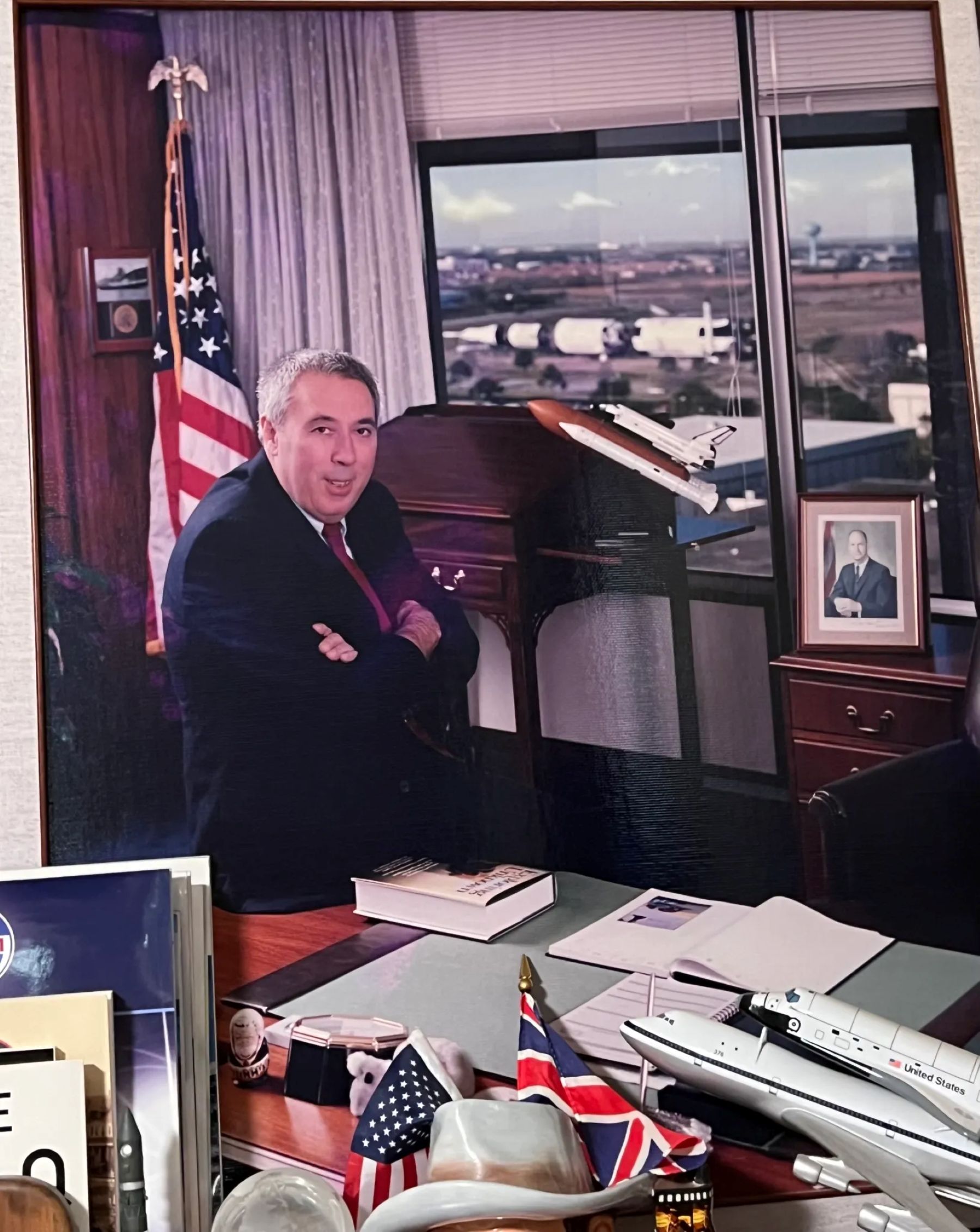NASA EXPLORERS: 50th ANNIVERSARY OF APOLLO 11

Thanks to Nichole Heydenburg from Apex Waves for this article
Nasa Explorers
The quest of NASA’s explorer’s program is providing recurring flight assistance for global scientific investigation from space-related innovation and effective managerial approaches for Heliophysics and Astrophysics. Explorers create opportunities for scientific innovations by filling up the spaces between the larger scientific missions. The program seeks to spread general awareness and opinions about space science while emphasizing the field of education and general news activities as the most important part of space-related science investigation. The Explorer Office validates the requirement analysis, project development, and execution of the final project concepts across various modus operandi in order to match the scientific communities and the Space Science Enterprise of NASA. The Explorer Office and the Space Flight Office manage numerous scientific missions at the Explorer Space Flight Program. The missions have been categorized by comparatively reasonable cost, small, or medium-sized missions. After final testing, they are launched immediately one after the other instead of the enormous observatories.
Apollo 11
It is the Spaceflight that was utilized in sending the first two astronauts to the surface of the moon. One of whom was Commander Nell Armstrong and Lunar Module pilot Buzz Aldrin. Both landed on the moon on July 20th, 1969. Armstrong was the first human who stepped onto the surface of the moon.
They spent around two and a half hours together in order to collect 21.5 kg of materials on the moon and bring them to Earth.
It was Apollo 11 that launched with the help of a Saturn V rocket at the Kennedy Space Center in Merritt Island in Florida on July 16th. It was the 5th crewed mission by NASA’s Apollo program.
The Apollo Spacecraft comprises three parts; the first of which is a Command Module with a cabin. Three astronauts can use the cabin. The other part that was supposed to return to Earth is the Service Module. The Command Module was supported by the Service Module with propulsions, electrical power, oxygen, and water. The Lunar Module comprises two stages. A perfect inclined stage provides landing on the moon. The other one is an elevated stage for placing the astronauts back to the lunar orbit.
The 50th Anniversary of NASA’s Apollo 11
NASA celebrates the legendary anniversary of the Apollo 11 mission after the audio series called NASA Explorer’s Apollo has been released. Though twelve people have walked onto the lunar surface, more than a thousand people have made an immense contribution towards leading us to reach an understanding of the moon. NASA Explorers Apollo provides unique stories about the moon and the people who explore it, starting from the primitive days of the Apollo Program until the present-day scientists who are charting the future of lunar explorations. The goal is to enlighten listeners about the different explorers who played an eminent role in helping NASA learn about the moon in the present day. According to Katie Atkinson, the audio producer of NASA, the audio series emphasizes the connection between the past and the present lunar explorations. The audio series depicts how the moon detectives and scientists who study the space rocks have shaped their lives with the unique adventure of the Apollo Program. The NASA Explorers Apollo also assimilates recordings from the collection of Share Your Apollo Stories with the initiative of NASA. The favorite Apollo memories of the NASA Explorers are also incorporated within the audio series. They have also shared their hopes regarding what can be expected from the upcoming NASA Explorations. In several ways, this era can be considered a Golden Era to understand our solar system. According to Dave Williams, a NASA Scientist, there are a few existing missions acquiring informative data at high rates and with instruments we never could have imagined in the last fifty years. Several artists and musicians have contributed to the creation of NASA Explorer Apollo. The series contains music by Daniel Wytanis and Lee Rosevere. The artwork was created by Stephen Zeller and data accumulation by Matt Russo, accompanied by Andrew Santaguida of System Sounds. These artistic elements are embedded into the series, along with an audio selection from NASA achievers and voice recordings of people all over the world.
Apollo 11 began as a demonstration of America’s technological, economic, and political prowess, which was achieved after the first moon landing. The Apollo missions further reached the peak of success in the realm of science and engineering. Samples returned from the moon are still being studied by several scientists all over the world. It is with the advent of the development of new tools and techniques present-day scientists can gain in-depth knowledge about the moon and discover clues to the origin of our planets and the formation of the Solar System.
REFERENCES:
https://www.technology.org/2019/06/20/introducing-nasa-explorers-apollo-an-audio-series-celebrating-the-50th-anniversary-of-apollo-11/
https://science.nasa.gov/heliophysics/focus-areas/explorers
https://en.wikipedia.org/wiki/Apollo_11





